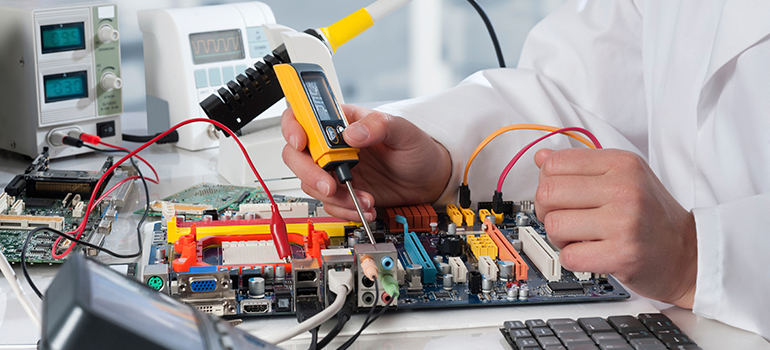Food Sensory Analysis

Assessments for Product Quality and Success
15 December 2020
When people choose what foods to eat, they base their decisions on things like cost, preference, previous experience and what is healthy, but, perhaps more importantly, they also use information gathered from their senses: appearance, texture, taste, and smell. These sensory components have the potential to drive the appeal of a food product, illustrate appeal and quality or meet the preferences and desires of key demographics. An analysis of the sensory components of food products can provide manufacturers insights that can be used in product development, marketing, and other claims.
Sensory analysis, also referred to as organoleptic evaluation, is a scientific method that provides objective information on how products are experienced by the consumer. It can be used to assess food and beverage beyond regulatory requirements or general safety and quality concerns, using the senses and statistical analysis to record insights. This method of testing evaluates the entire sensory experience of edible products – appearance, aroma, taste, and texture – in an objective, systematic manner.
Sensory analysis can be used for quality control, determining shelf life, gauging the readiness for product launch, assessing product success, flavor profiling, and identifying the attributes driving consumer preferences. It can be used to make important decisions around raw materials, ingredients, or additives and to make decisions about things like storage or packaging conditions, expiration or "best by" dates and product optimization.
Using sensory analysis to assess food products provides valuable information and insights that can be utilized to:
- Ensure consumer expectations are met or exceeded
- Provide answers to very important questions about your products that translate directly to revenue and market success
- Assess consumer insights to make impactful decisions about current products and product development
- Troubleshoot problems
- Gain competitive edge by comparisons to other brands
Sensory analysis has become increasingly accepted as a standard component of food testing. More and more, it is viewed as imperative for helping to ensure the quality and market success of food products. It can be applied at various stages of production and product development.
When using this type of analysis, it is important to ensure testing is conducted in a consistent matter and data is gathered in a timely, efficient, and reliable manner to ensure best results. Quality must be maintained over time and data should be presented in a comprehensive manner. Analysis can be a third-party or in-house with expert support. Working with a trusted partner is an important step in maximizing sensory analysis results. Learn more by downloading our fact sheet.

Kenneth Cote,
Director of Agriculture and Food
Kenneth Cote has been in the agricultural industry for more than 15 years, starting his career as a barge sampler and advancing to his current leadership role. He has worked with multiple cargos and situations around the world. Ken utilizes his experience working within the agricultural, fertilizers, foods, dietary supplements, metals, minerals, solid fuels, plastics, chemicals, veg oils and regulatory compliance industries to add value to our customers.


